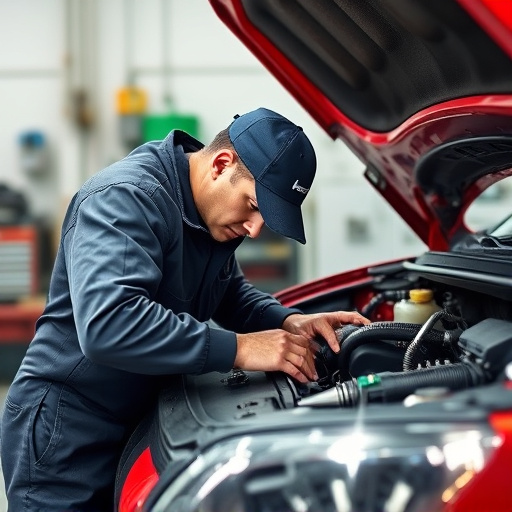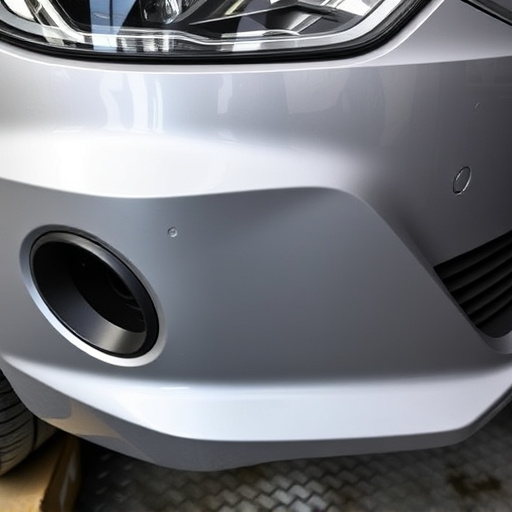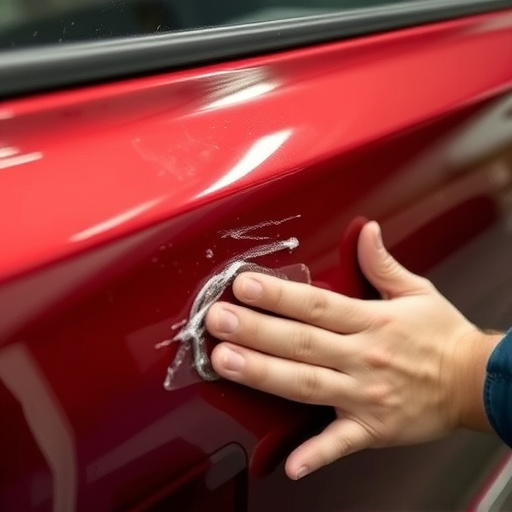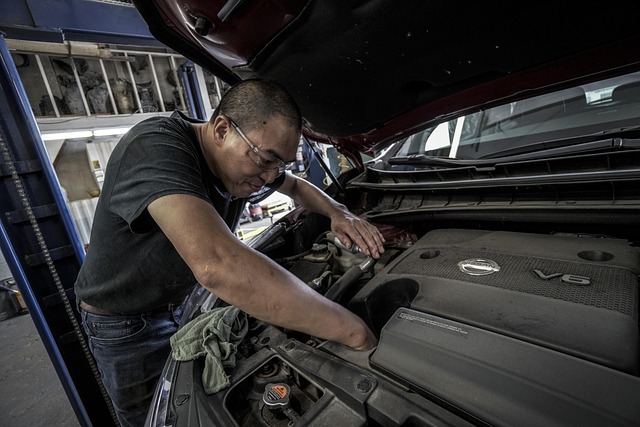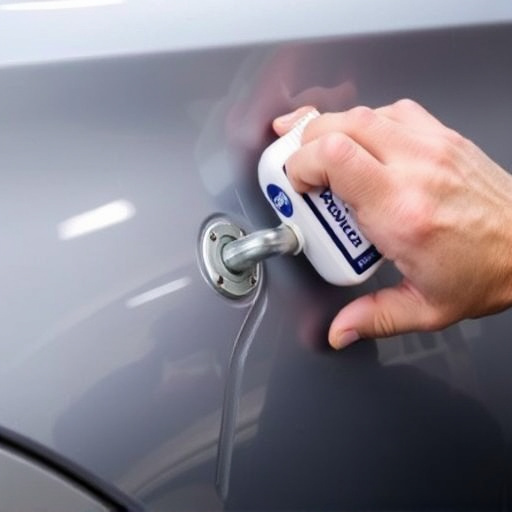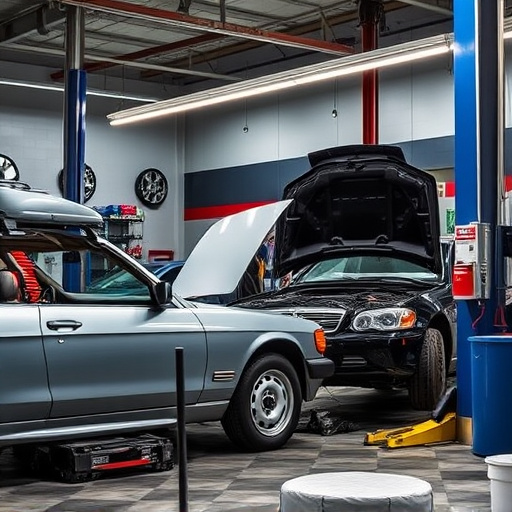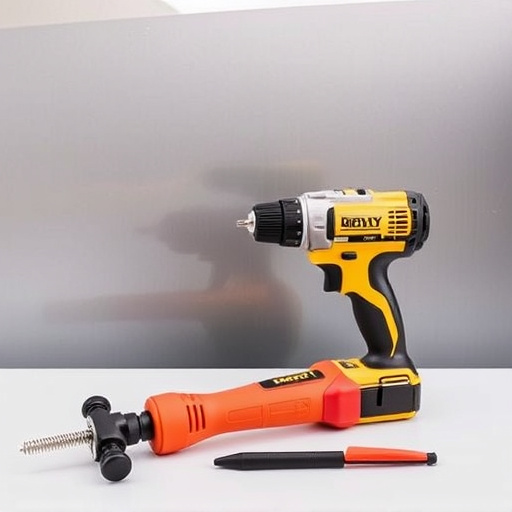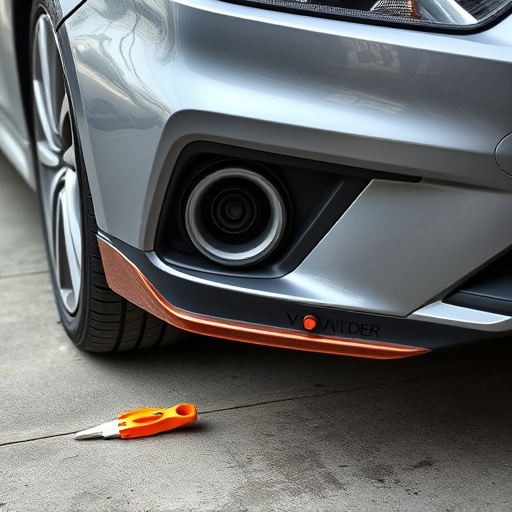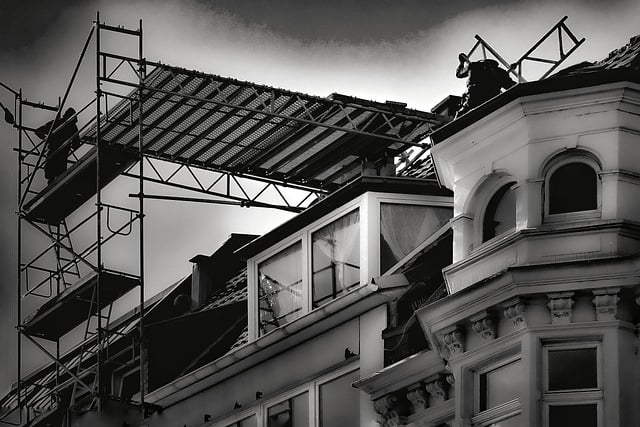The four-stage paint system revolutionizes luxury vehicle repair with a meticulous process: surface prep, primer, color coating, and clear coating. This method enhances quality control, streamlines operations, and boosts productivity by optimizing labor schedules, catering to demanding clients and fleet services while increasing customer satisfaction through timely results.
In today’s competitive market, efficient painting operations are key to success. This article explores the transformative power of a four-stage paint system and its profound impact on labor scheduling. By delving into these interconnected aspects, we uncover strategies to streamline processes, enhance productivity, and deliver superior results. Understanding this four-stage approach can revolutionize your painting business, ensuring a smooth workflow and satisfied clients.
- Understanding the Four-Stage Paint System
- Labor Scheduling: A Critical Component
- Streamlining Operations for Efficient Painting
Understanding the Four-Stage Paint System
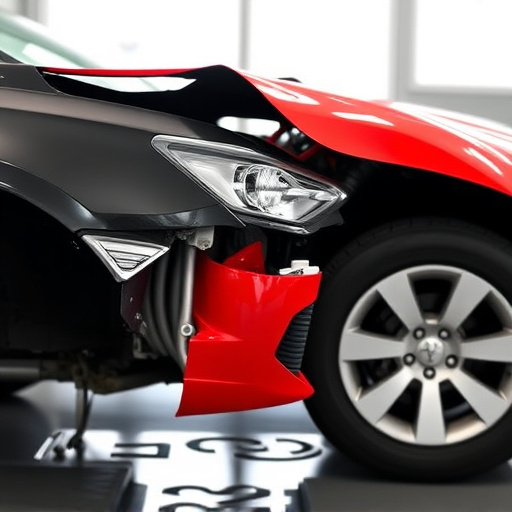
The four-stage paint system is a meticulous process designed to deliver flawless finishes, particularly in the realm of luxury vehicle repair. This method breaks down the painting process into four distinct stages, each with its unique purpose, ensuring an efficient and high-quality outcome. The initial stage involves surface preparation, where auto body shops meticulously clean and treat the car’s panel to create a smooth base for painting. This is followed by the application of primer, which provides a protective layer and ensures better adhesion of subsequent coatings.
The heart of the four-stage paint system lies in the color coat and clear coat stages. During color coating, skilled technicians carefully apply the chosen shade, achieving precise color matching. Once dry, a clear coat is applied to seal in the color, imparting depth and shine. For fleet repair services or auto body shops catering to demanding clients, this system guarantees not just repairs but also the restoration of vehicles’ aesthetic appeal, reflecting their investment in quality.
Labor Scheduling: A Critical Component
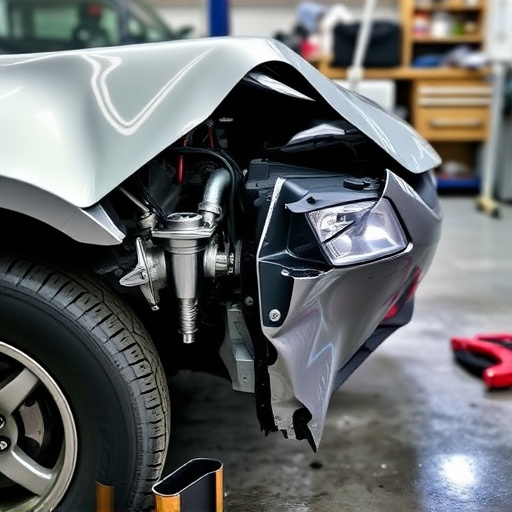
Labor scheduling is a critical component of any successful four-stage paint system, particularly in industries like car restoration and auto repair services. Efficient coordination ensures that skilled technicians are available when needed, maximizing productivity and minimizing downtime. This involves strategic planning to align labor resources with peak demand periods, ensuring that each stage of the painting process—from preparation to final coating—has the necessary manpower.
In the competitive world of auto repair services, including paintless dent repair techniques, effective labor scheduling can be a game-changer. By optimizing work assignments, businesses can reduce lead times and enhance customer satisfaction. This is especially important for complex restoration projects that require a multi-stage approach, where precise timing and coordination are key to achieving high-quality outcomes.
Streamlining Operations for Efficient Painting
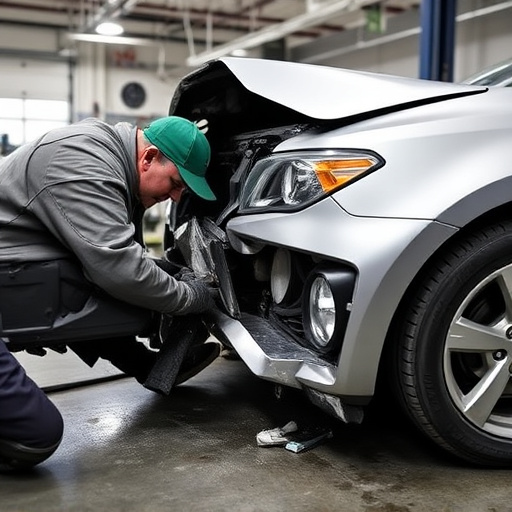
In the realm of painting and auto body repairs, a well-coordinated four-stage paint system can significantly streamline operations for efficient painting. This system meticulously breaks down the painting process into distinct stages, ensuring each step is executed with precision and speed. By implementing this structured approach, automotive body work benefits from enhanced productivity and improved quality control.
The first stage involves surface preparation, crucial for achieving a flawless finish. Next, the four-stage paint system progresses to color application, followed by clear coating for protection. Finally, a thorough inspection ensures the vehicle dent repair is complete, meeting high standards of craftsmanship. This coordinated workflow not only revolutionizes painting processes but also enables auto body shops to manage labor schedules more effectively, ultimately enhancing customer satisfaction with timely and superior results.
Implementing a four-stage paint system and efficient labor scheduling is key to enhancing painting operations. By understanding each stage, optimizing workflows, and coordinating labor effectively, businesses can achieve faster turnaround times, improved quality, and reduced costs. This strategic approach ensures a streamlined process, making it an essential tool for any painting venture to stay competitive in today’s market.
